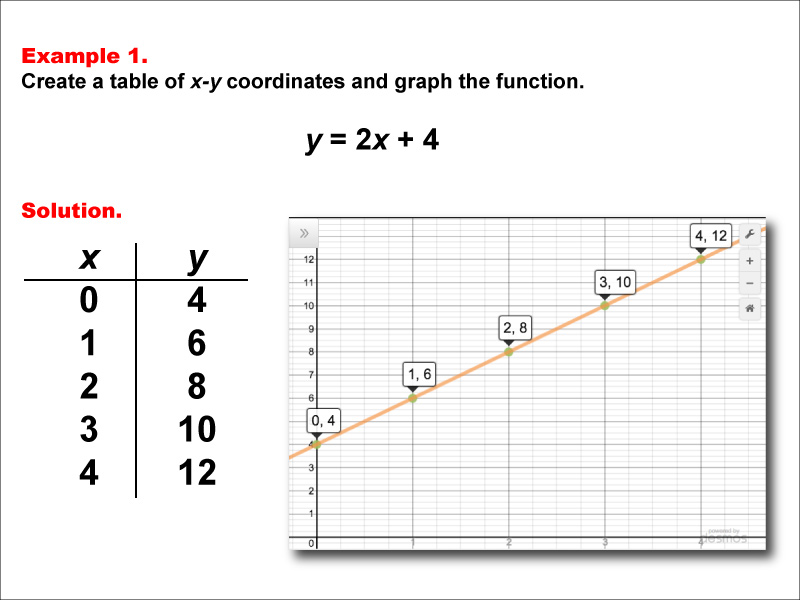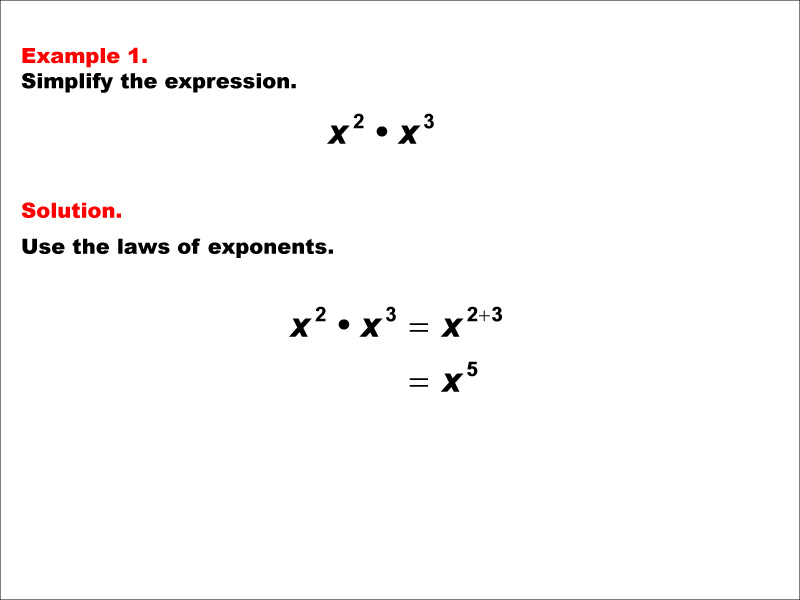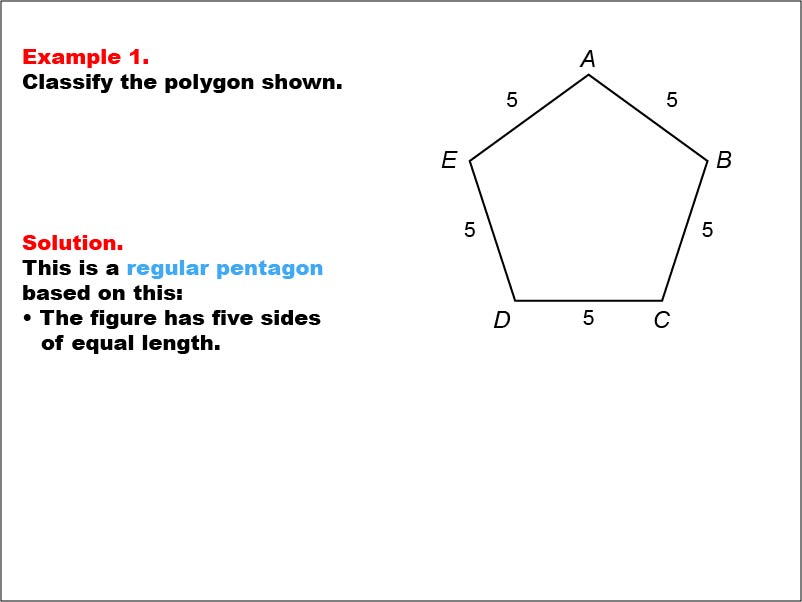Input a Key Word
Search Results...
Showing 351 - 360 of 9382 results
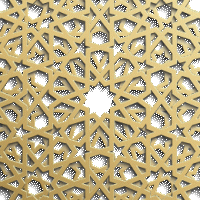
$3.99
Regular Polygons
In this module, students explore the properties of regular polygons and use their skills to construct tile patterns. Students learn about Arabesque tile patterns found throughout the Middle East. These tile patterns are based on Euclidean geometric principles.

$3.99
Construction Site Math: Ratios
In this real-world application of ratios, students will learn what a ratio is, including ratios with three terms. They will see different ways of writing ratios, including fractions in simplest form.
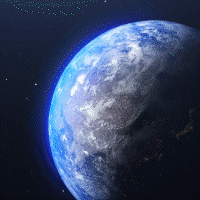
$3.99
Isosceles Triangles
In this lesson students explore and use the properties of isosceles triangles to solve real world problems. After learning the basics of isosceles triangles they apply what they learn to the structure of the Eiffel Tower. In particular, they learn about triangular trusses.
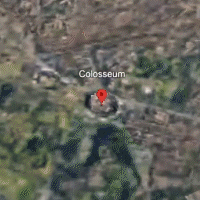
$3.99
Circular Structures
In this lesson students will use their basic understanding of circles to learn how circular structures are built. The example shown is that of the Roman Colosseum. Students will construct an oval shape from circular arcs to simulate the elliptical shape of the Roman Colosseum.

$3.99
Box Office Math
In this module, students explore algebraic expressions to model different quantities. They look at expressions that involve addition and multiplication. Then they look at real world data from the Star Wars movies since the Disney acquisition of the franchise. Students analyze whether the purchase of the Star Wars franchise has been profitable for Disney.

$3.99
Linear Function Models
In this module students learn the properties of linear functions. They look at data sets, graphs of coordinates, and algebraic representations of functions. Then students go on a field trip to the US Mint to see how money is printed. From this they develop linear function models for calculating the number of bills printed, along with their dollar value.
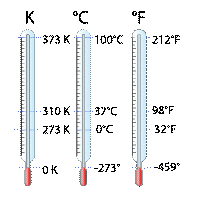
$3.99
Applications of Linear Functions: Temperature Conversion
Temperature is one of the most important measurements that we deal with on a daily basis. Weather, climate, food preparation, health, and other phenomena involve some type of temperature measure. The two most common units of temperature measure are Fahrenheit and Celsius. In this module, students learn about the linear function that converts from one system to the other.
